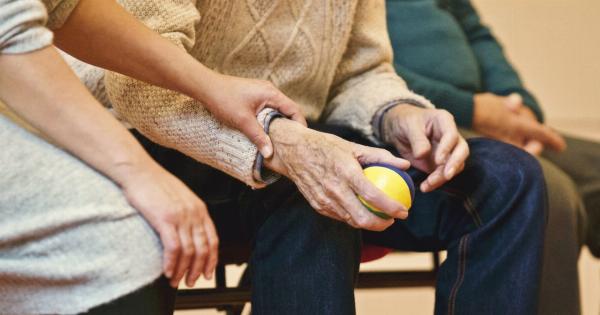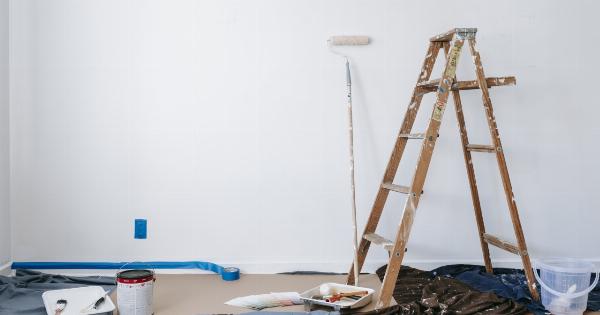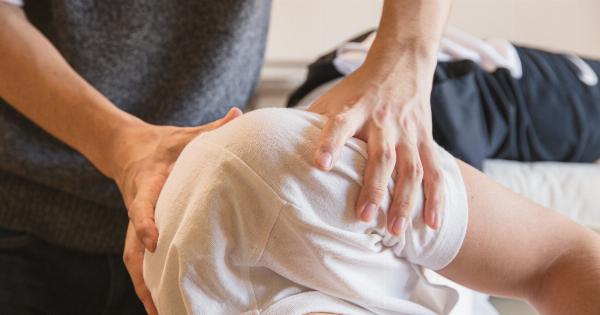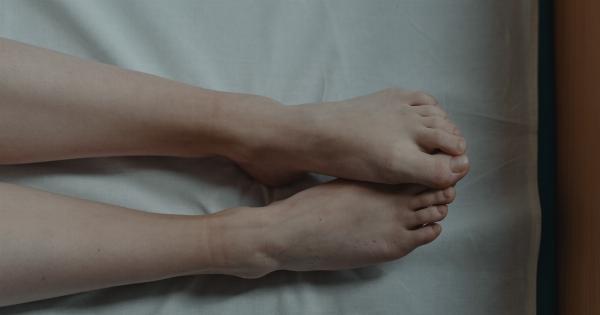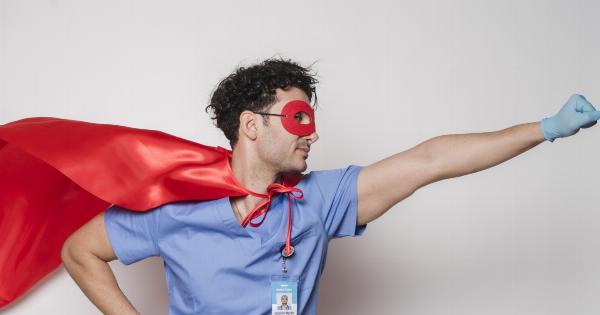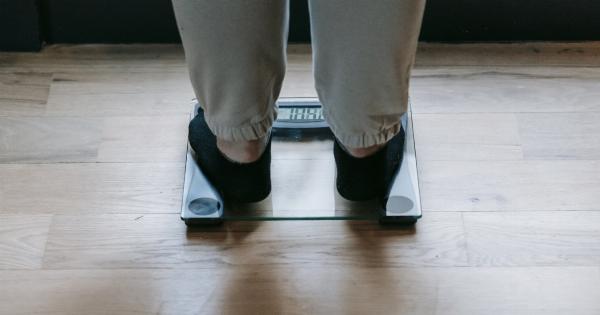ACL or Anterior Cruciate Ligament Tear is a common injury among athletes. It happens when the knee joint is twisted or a direct blow hits the knee. This injury can have severe consequences that require surgery and lengthy rehabilitation.
Unfortunately, there are many myths surrounding this injury, which can lead to misunderstanding and misinformation.
Myth #1: Only Athletes Can Tear Their ACL
This is a common misconception. While it is true that athletes are more prone to ACL tears, anyone can experience this injury. ACL tears can happen by slipping on a wet floor, falling down stairs, or other daily activities.
So, it is important to take precautions and be careful during all physical activities to prevent any form of injury.
Myth #2: ACL Tears are Always Accompanied by a “Pop” Sound
While it is true that some people hear a popping sound when they tear their ACL, it is not always the case.
Many people describe the sensation as a “twist” or a “snap.” The popping sound is just one sign of a potential ACL tear, and it is important to evaluate other symptoms as well, such as pain, swelling, and difficulty moving the knee joint.
Myth #3: ACL Tears are Always Painful
ACL tears are usually accompanied by a sharp and intense pain but not in every case. Some people experience mild or no pain at all, and this can make it challenging to detect whether an ACL tear has occurred.
It is important to pay attention to other symptoms like swelling, instability, and difficulty moving the knee joint, even if no pain is felt.
Myth #4: ACL Injuries Only Happen to Women
ACL injuries are often associated with female athletes, but men are also susceptible to ACL tears.
According to medical studies, men are more likely to suffer from ACL tears, although women have a higher incidence of ACL tears due to a lack of proper conditioning and other biomechanical factors. Therefore, both sexes can get ACL tears and should take adequate precautions to prevent it.
Myth #5: Surgery Is Always Required for ACL Tears
There are different degrees of ACL tears, and not all of them require surgery. In some cases, conservative treatment such as rest, physical therapy, and other non-invasive methods are enough to improve the condition.
However, severe ACL tears often require surgery to reattach the ligament and restore stability to the knee joint. Only a qualified physician can determine whether surgery is necessary, and each case is unique.
Myth #6: Once You Tear Your ACL, You Can’t Play Sports Again
ACL tears can be a career-ending injury for athletes, but it does not always have to be. With proper rehabilitation and treatment, many people can return to their athletic activities.
However, it is important to take adequate precautions, such as wearing knee braces, practicing safe techniques, and engaging in adequate conditioning to avoid re-injury. In some cases, transitioning to less strenuous forms of exercise can help prevent future ACL tears and preserve joint health.
Myth #7: ACL Tears are Always Preventable
While there are ways to reduce the likelihood of an ACL tear, it is not always possible to prevent it completely. Factors such as genetics, anatomy, and prior injuries can increase the risk of an ACL tear.
However, there are ways to lower the risk of an ACL tear, such as practicing safe techniques during sports, doing proper conditioning, and wearing appropriate equipment such as knee pads and braces. So, it is important to take all necessary precautions to minimize the chance of an ACL tear happening.
Conclusion
ACL tears are a serious injury that should not be taken lightly. While there are many myths surrounding this injury, it is important to understand the facts and dispel any misconceptions.
Proper education and awareness can go a long way in reducing the risk of ACL tears and helping individuals recover more quickly when an injury does happen. If you think you may have torn your ACL, seek medical attention right away to get a proper diagnosis and treatment plan.



